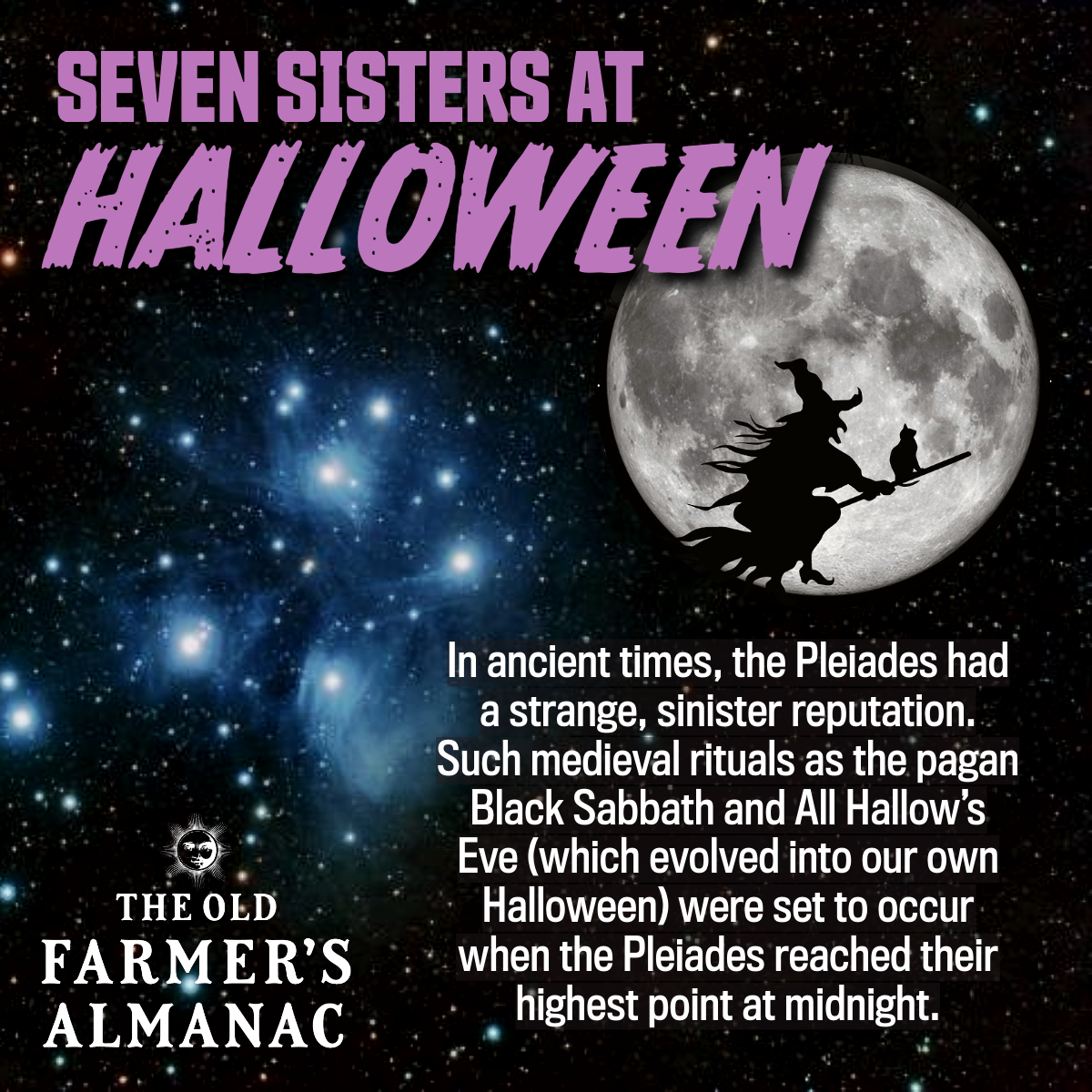
The stunning Pleiades, photographed on April 1, 2019, by Abhijit Patil. (See more at abhijitpatilphoto.com and @abhijitcpatilphotography on Instagram).
Enjoy The Glory of the Seven Sisters Stars
ADVERTISEMENT
Bob's a poet. That last paragraph is beautiful. Reminds me of Loren Eiseley, which is good as it gets.
I appreciate the article and the information contained therein. The author likely has a limited amount of space to present a LOT of material that has to explain sufficiently yet be accessible and not overwhelming to new astronomy aficionados. Please don't be so critical, readers! Anyone who is interested can Google why a writer chose to use "BCE" and not BC, or can research terms such as "pagan" and "black sabbath" as well as mythological stories or ancient rites, etc. We have become an oversensitive and reactionary society, and this is why we have so many problems. Don't sweat the small stuff! The writer presented a super article, for which I am grateful. I love to learn and am happy to follow up with my own study later, if I so choose. Look at your glass as half full instead of half empty, and don't be so touchy, readers!
PREACH!
Awesome article, thanks for sharing :)
BCE? Please just use BC. We're all grown-ups and know what it means. Sheesh!
Please let other people use the accepted Before Common Era without getting chastised for not using Before Christ. BCE has been an accepted delineation for quite some time now. And many of us grown ups are quite ok with the distinction.
Subaru and the Pleiades … who knew? Thanks for enlightening me. This was a great article to read.
Please never again use the terms "pagan" and "black sabbath" in the same sentence, unless you are, as I am now, pointing out that pagans, those who were labeled that (which means "redneck", "people of the land") by urbanites with wealth, were not of a specific religion and that black sabbaths are a perversion specifically of christianity, not what is today called "paganism". That pagan religious impulse is NOT christian, but very much pre-christian and wider-than-christian and will probably be post-christian. But it has no interest in internal christian doctrinal differences and quaint heresies. Especially stupid stuff like celebrating a church mass turned backwards. Whatever that means...
I was wondering why your sky map shows the position of the moon for April 7th to 9th and I just now get this article on morning of April 10th? You wouldn't think that there would be that big of a time delay to get the article out.

 The Pleiades had an odd importance to civilizations throughout time and around the world. In Egypt, they were revered as one of the forms of the goddess Isis. In ancient Persia, the date on which they reached their highest midnight ascendancy was marked with ceremony. In Mayan and Aztec culture, this same yearly occasion had a forbidding undertone and was given tremendous importance.
The Pleiades had an odd importance to civilizations throughout time and around the world. In Egypt, they were revered as one of the forms of the goddess Isis. In ancient Persia, the date on which they reached their highest midnight ascendancy was marked with ceremony. In Mayan and Aztec culture, this same yearly occasion had a forbidding undertone and was given tremendous importance.







